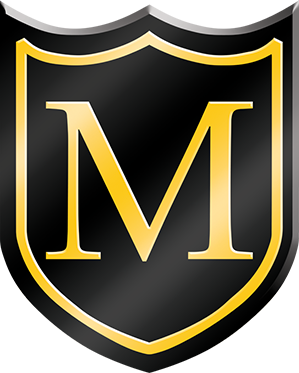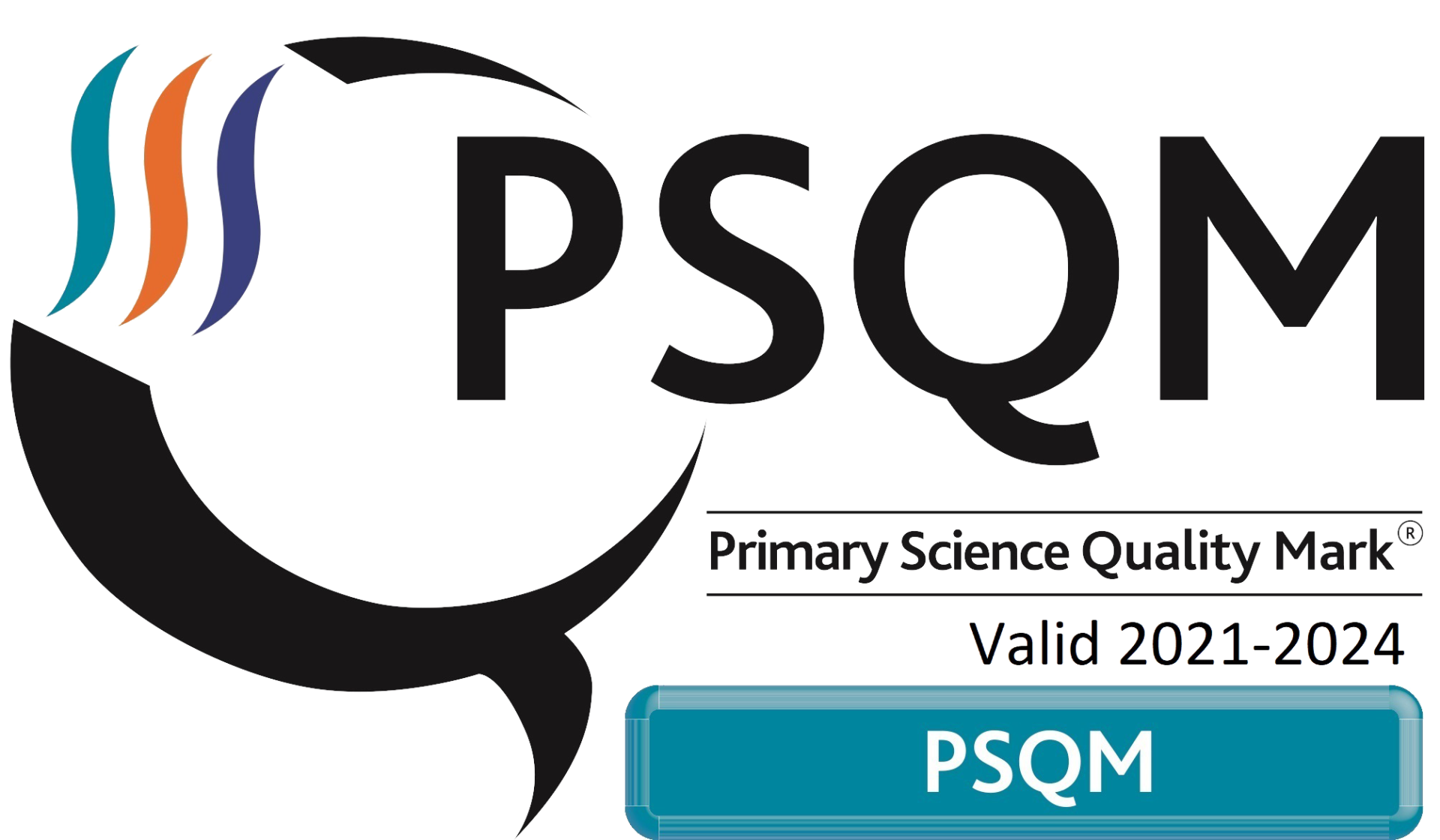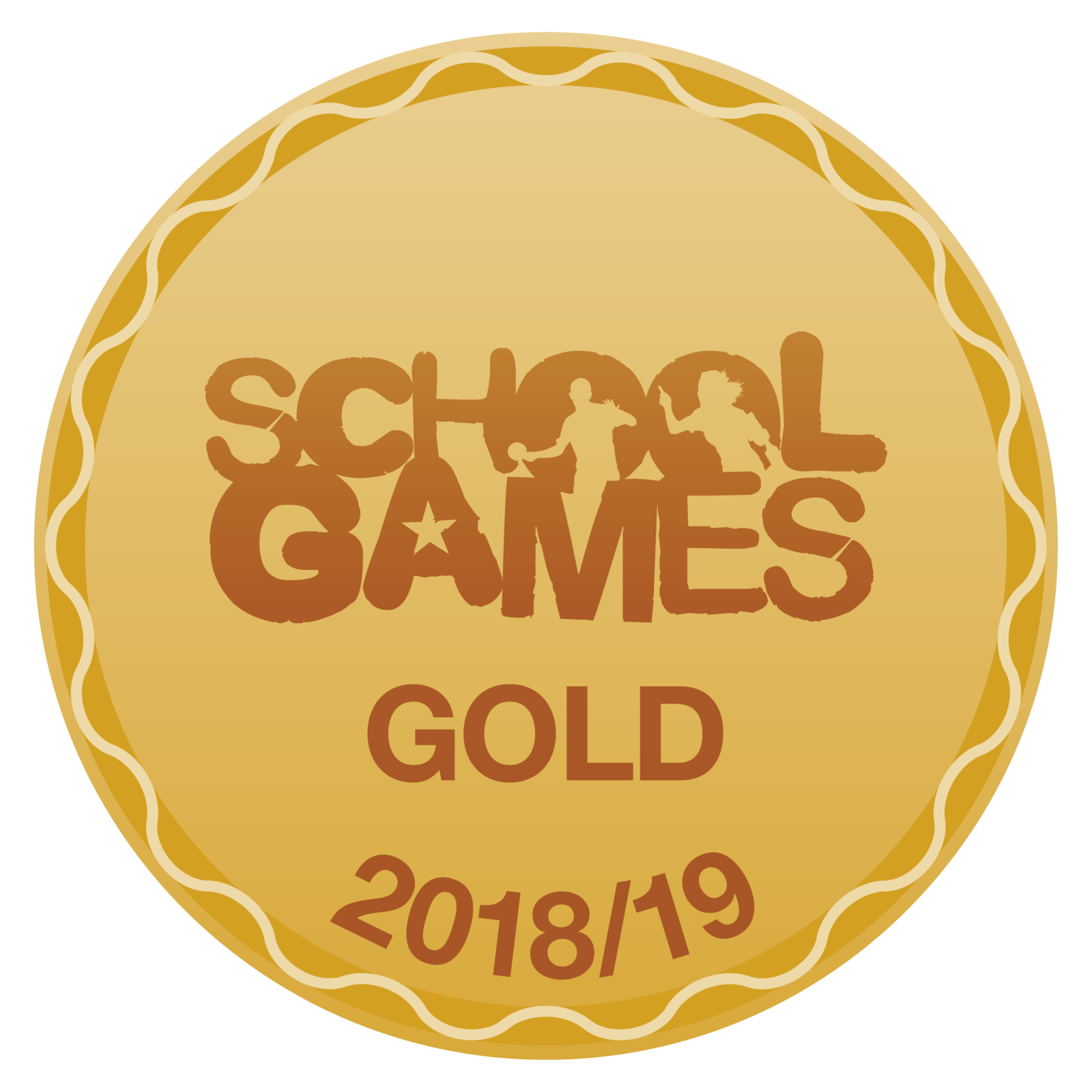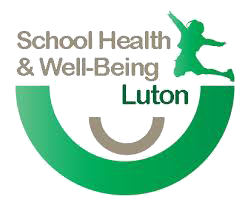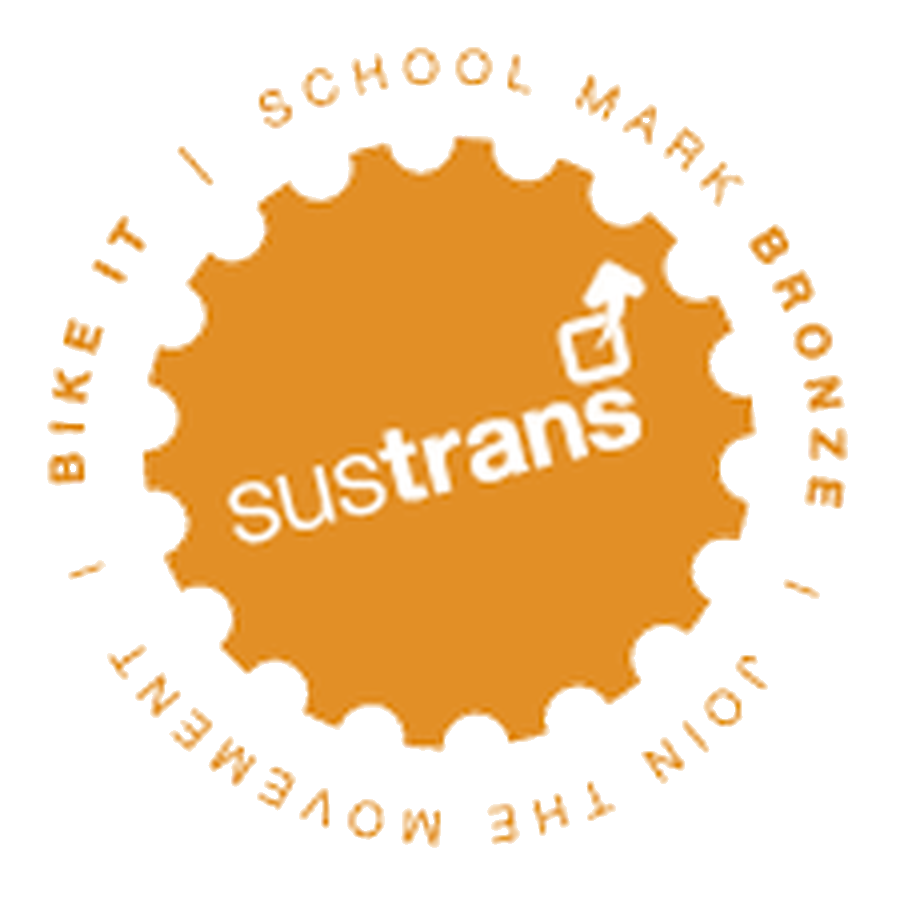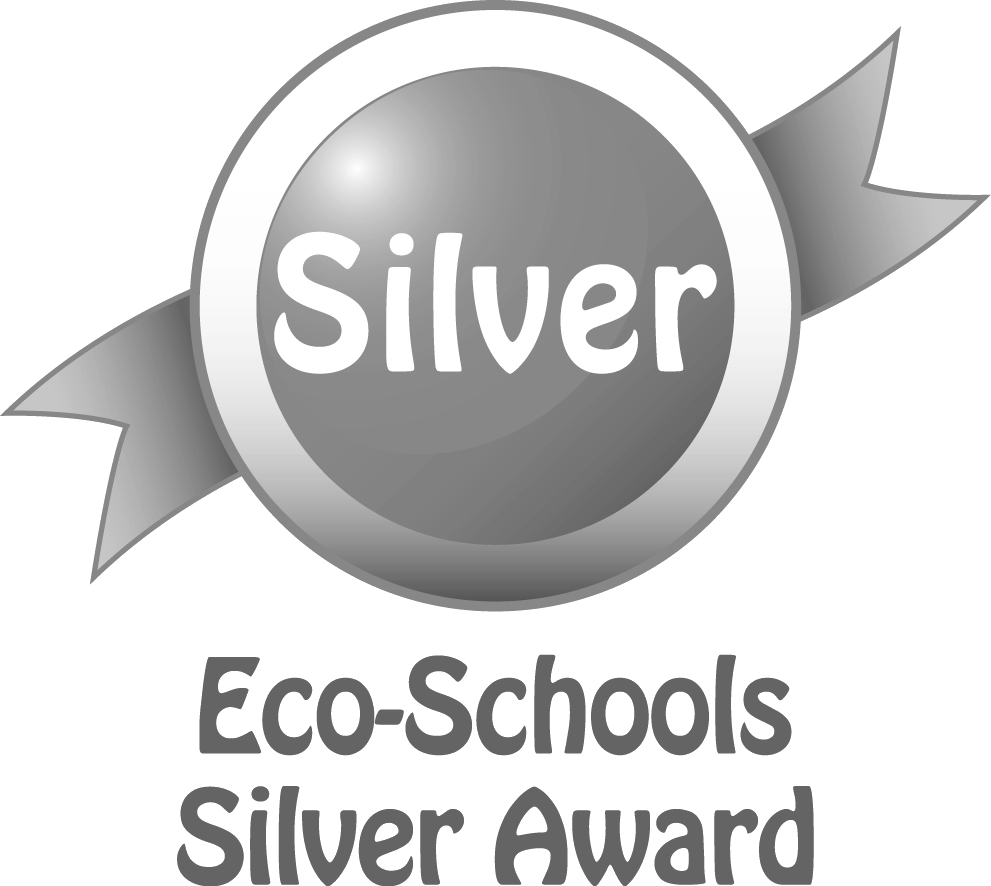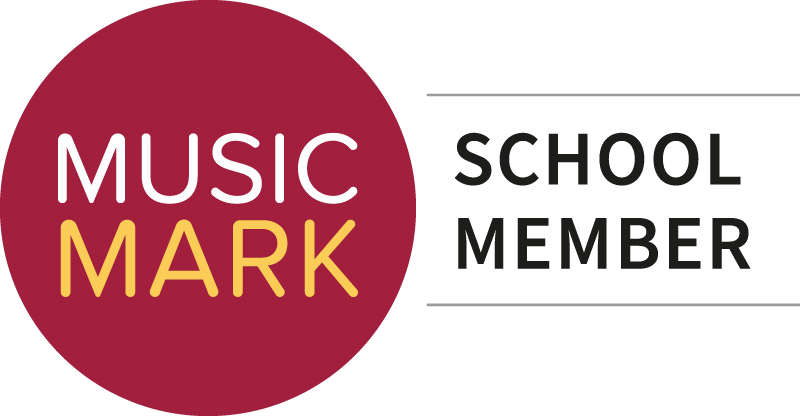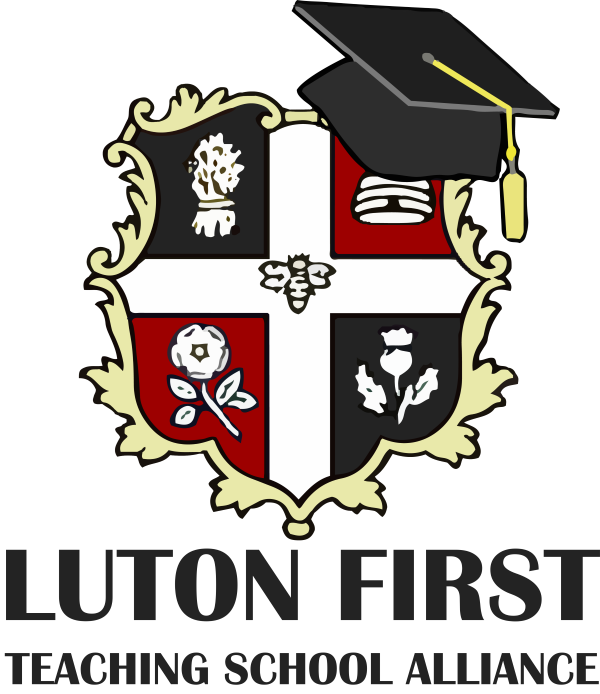Computing
Curriculum Intent
At The Meads Primary School, we recognise that Computing is an essential part of the curriculum, developing the skills needed by our pupils throughout their education and also in their future careers. Through the teaching of Computing, we equip pupils to participate in a rapidly-changing world where work and leisure activities are increasingly transformed by technology.
Computing skills are a major factor in empowering pupils to be confident, creative and independent learners and it is our aim that pupils have every opportunity available to allow them to achieve this.
The Meads’ is dedicated to providing a stimulating and inclusive Computing curriculum, that meets the requirements of the Primary National Curriculum, underpinned by our core values of Resilience, Respect, Responsibility, Kindness and Joy.
The National Curriculum for Computing aims to ensure that all pupils:
- can understand and apply the fundamental principles and concepts of computer science, including abstraction, logic, algorithms and data representation
- can analyse problems in computational terms, and have repeated practical experience of writing computer programs in order to solve such problems
- can evaluate and apply information technology, including new or unfamiliar technologies, analytically to solve problems
- are responsible, competent, confident and creative users of information and communication technology
Computing at The Meads is intended to enable children to access safe online spaces, and to benefit from all the opportunities that a connected world can bring to them, appropriate to their age and key stage. It is crucial that children learn to balance the benefits offered by technology with a critical awareness of their own and other’s online behaviour and develop effective strategies for staying safe and making a positive contribution online. We recognise that pupils are entitled to quality hardware and software and a structured and progressive approach to the learning of the skills needed to enable them to become computer literate.
Curriculum Coverage
Early Years Foundation Stage
In EYFS the children are given a broad, play-based experience of ICT in a range of contexts, including outdoor play. Computing is not just about computers. Our Early years learning environment features ICT scenarios based on experience in the real world, such as in role-play. Children gain confidence, control and language skills through opportunities to explore using resources such as metal detectors, programmable toys, remote control toys and walkie-talkie sets. Recording devices support children in developing their communication skills. This is particularly useful with children who have English as an additional language.
Pupils explore technological themes and content to develop their understanding throughout the Curriculum. This involves guiding children to make sense of their physical world and technology through opportunities to explore, observe and find out about technology, applications and purpose.
Pupils in the EYFS will:
- Select and use technology for a certain purpose.
- Explore devices, in order to discover how they function.
- Become familiar with a range of input devices, including the keyboard and mouse, in order to develop fine motor skills.
- Use technology to solve problems and produce creative outcomes.
Year 1
|
|
Spring 1 |
|
Computing Theme: We are digital artists |
|
|
Themed Content |
Coverage, Knowledge & Key Skills: Begin to explore technology all around us; learn basic skills when using a Chromebook and build independence when logging on, navigating around programs and using the internet; develop mouse and keyboard skills and begin to understand the importance of internet safety. ‘We are digital artists’ - Understand how to select and set brushes and colours, create artwork in a range of styles, use the undo function if mistakes are made and encourage experimentation. ● Control when drawings appear and set the pen colour, size and shape (C-CdD1) ● Understand online risks and age rules for sites (C-Cn2) |
|
|
Summer 2 |
|
Computing Theme: We are treasure hunters; We are publishers |
|
|
Themed Content |
Coverage, Knowledge & Key Skills: ‘We are treasure hunters’ - Understand that a programmable robot can be controlled by inputting a sequence of instructions; develop and record sequences of instructions as an algorithm; program a robot to follow their algorithm; predict how their programs will work and debug programs. ‘We are publishers’ - Plan a small multimedia eBook; choose images, add and format titles and other text; think carefully about protecting their privacy; respect other people’s copyright; revise and improve their work. ● Control motion by specifying the number of steps of travel, direction and turn (C-CdM1) ● Participate in class social media accounts ((C-Cn1) ● Understand online risks and age rules for sites (C-Cn2) ● Use a range of applications and devices in order to communicate ideas, work and messages (C-Cm1) |
Year 2
|
|
Spring 1 |
|
Computing Theme: We Are Astronauts |
|
|
Themed Content |
Coverage, Knowledge & Key Skills: NOS - Managing Online Information and Privacy and Settings - Understand rules for staying safe online, identifying trusted adults, and identifying kind and unkind behaviour online. ‘We are astronauts’ - Plan a sequence of instructions to move sprites in ScratchJr.; create, test and debug programs for sprites in ScratchJr.; work with input and output in ScratchJr.; use repetition in their programs; design costumes for sprites and understand what algorithms are. ● Understand online risks and age rules for sites (C-Cn2) ● Control motion by specifying the number of steps of travel, direction and turn (C-CdM1) ● Add text strings, show and hide objects and change the features of an object (C-CdL1) ● Select sounds and control when they are heard (C-CdSo1) ● Specify user inputs (such as clicks) to control events (C-CdE1) ● Specify the nature of events (such as a single event or a loop) (C-CdC1) ● Create conditions for actions by waiting for a user input (such as responses to questions like ‘What is your name?’ (C-CdSe1) |
|
|
Summer 2 |
|
Computing Theme: We are games testers |
|
|
Themed Content |
Coverage, Knowledge & Key Skills: ‘We are game testers’ - Observe and describe carefully what happens in computer games; use logical reasoning to make predictions of what a program will do and test these; think critically about computer games; create sequences of instructions for a virtual robot to solve a problem; work out strategies for playing a game well; be aware of how to use games safely and in balance with other activities. ● Control motion by specifying the number of steps of travel, direction and turn (C-CdM1) ● Add text strings, show and hide objects and change the features of an object (C-CdL1) ● Select sounds and control when they are heard (C-CdSo1) ● Specify user inputs (such as clicks) to control events (C-CdE1) |
Year 3
|
|
Spring 1 |
|
Computing Theme: We Are Programmers; We Are Bug-Fixers |
|
|
Themed Content |
Coverage, Knowledge & Key Skills: ‘We are programmers’ - Plan and create an algorithm for an animated scene in the form of a storyboard; write a program in Scratch to create the animation; review their animation programs and correct mistakes. ‘We are bug fixers’ - Develop a number of strategies for finding errors in programs; recognise common types of bugs in software. ● Use specified screen coordinates to control movement (C-CdM2) ● Set the appearance of objects and create sequences of changes (C-CdL2) ● Create and edit sounds. Control when they are heard, their volume, duration and rests (C-CdSo2) ● Control the shade of pens (C-CdD2) ● Specify conditions to trigger events (C-CdE2) ● Use IF THEN conditions to control events and objects (C-CdC2) ● Create conditions for action by sensing proximity or by waiting for a user input (such as proximity to a specified colour or a line or response to a question) (C-CdSe2) ● Use variables to store a value (C-CdV1) ● Use functions define, set, change, show and hide to control the variables (C-CdV2) ● Use the Reporter operators () + () () – () () * () () / () to perform calculations (C-CdO1) |
|
|
Summer 2 |
|
Computing Theme: We Are Who We Are; We Are Opinion Pollsters |
|
|
Themed Content |
Coverage, Knowledge & Key Skills: ‘We are who we are’ - Create and narrate presentations; consider issues of trust and privacy when sharing information. ‘We are opinion pollsters’ - Use the internet to facilitate data collection; understand some legal and ethical aspects of data collection; use charts to analyse data and interpret results. ● Understand that comments made online that are hurtful or offensive are the same as bullying (C-Cn6). ● Give examples of the risks posed by online communications (CCn4). ● Use some of the advanced features of applications and devices in order to communicate ideas, work or messages professionally (C-Cm2) ● Understand how online services work (C-Cn7) ● Devise and construct databases using applications designed for this purpose in areas across the curriculum (C-CI2) ● Understand the term ‘copyright’ (C-Cn5) |
Year 4
|
|
Spring 1 |
|
Computing Theme: We are software developers; We are makers; We are musicians |
|
|
Themed Content |
Coverage, Knowledge & Key Skills: ‘We are software developers’ - Develop an educational computer game using selection and repetition; understand and use variables; start to debug computer programs; recognise the importance of user interface design; including consideration of input and output. ‘We are makers’ - Learn about the input – process – output model of computation; learn about the inputs and outputs available on a BBC micro:bit; program using the MakeCode block based environment; test and debug programs written; use an on-screen simulator and the micro:bit; understand how to convert and transfer a program written on screen to the micro:bit. ‘We are musicians’ - Create a repeating percussion rhythm; play music using virtual instruments; compose or edit tunes using the piano roll (pitch and duration) tool; perform electronic music using pre-recorded loops and create their own loops; create a multi-track composition or performance using multiple instruments; give feedback to others on their compositions and performances. ● Use specified screen co-ordinates to control movement (C-CdM2) ● Set the appearance of objects and create sequences of changes (C-CdL2) ● Create and edit sounds. Control when they are heard, their volume, duration and rests (C-CdSo2) ● Control the shade of pens (C-CdD2) ● Specify conditions to trigger events (C-CdE2) ● Use IF THEN conditions to control events and objects (C-CdC2) ● Create conditions for action by sensing proximity or by waiting for a user input (such as proximity to a specified colour or a line or response to a question) (C-CdSe2) ● Use variables to store a value (C-CdV1) ● Use functions define, set, change, show and hide to control the variables (C-CdV2) |
|
|
Summer 2 |
|
Computing Theme: We are bloggers; We are artists; We are meteorologists |
|
|
Themed Content |
Coverage, Knowledge & Key Skills: ‘We are bloggers’ - Become familiar with blogs as a medium and a genre of writing; create a sequence of blog posts on a theme; incorporate additional media; comment on the posts of others; develop a critical and reflective view of a range of media, including text. ‘We are artists’ - Develop an appreciation of the links between geometry and art; become familiar with the tools and techniques of a vector graphics package; develop an understanding of turtle graphics; experiment with the tools available, refining and developing their work as they apply their own criteria to evaluate it, and receive feedback from their peers; develop some awareness of computer-generated art. ‘We are meteorologists’ - Understand different measurement techniques for weather – both analogue and digital; use computer-based data logging to automate the recording of some weather data; use spreadsheets to create charts, analyse data, explore inconsistencies in data and make predictions; practise using presentation and video software. ● Contribute to blogs that are moderated by teachers (C-Cn3) ● Give examples of the risks posed by online communications (C-Cn4) ● Understand the term ‘copyright’ (C-Cn5) ● Understand that comments made online that are hurtful or offensive are the same as bullying (C-Cn6) ● Understand how online services work (C-Cn7) ● Use specified screen co-ordinates to control movement (C-CdM2) ● Set the appearance of objects and create sequences of changes (C-CdL2) ● Create and edit sounds. Control when they are heard, their volume, duration and rests (C-CdSo2) ● Control the shade of pens (C-CdD2) ● Specify conditions to trigger events (C-CdE2) ● Use IF THEN conditions to control events and objects (C-CdC2) ● Create conditions for action by sensing proximity or by waiting for a user input (such as proximity to a specified colour or a line or response to a question) (C-CdSe2) ● Use variables to store a value (C-CdV1) ● Use functions define, set, change, show and hide to control the variables (C-CdV2) |
Year 5
|
|
Spring 1 |
|
Computing Theme: We are game developers; We are cryptographers; We are architects |
|
|
Themed Content |
Coverage, Knowledge & Key Skills: ‘We are game developers’ - Create original artwork and sound for a game; design and create a computer program for a computer game, which uses sequence, selection, repetition and variables; detect and correct errors in their games; use iterative development techniques. ‘We are cryptographers’ - Be familiar with semaphore and Morse code; understand the need for private information to be encrypted; encrypt and decrypt messages in simple ciphers; appreciate the need to use complex passwords and to keep them secure; have some understanding of how encryption works on the Internet. ‘We are architects’ - Understand the work of architects, designers and engineers working in 3-D; develop familiarity with a simple CAD tool; develop spatial awareness by exploring and experimenting with a 3-D virtual environment; develop greater aesthetic awareness. ● Set IF conditions for movements (C-CdM3) ● Specify types of rotation giving the number of degrees (C-CdM3) ● Change the position of objects between screen layers (send to back, bring to front) (C-CdL3) ● Upload sounds from a file and edit them. Add effects such as fade in and out and control their implementation (C-CdSo3) ● Combine the use of pens with movement to create interesting effects (C-CdD3) ● Set events to control other events by ‘broadcasting’ information as a trigger (C-CdE3) ● Use IF THEN ELSE conditions to control events or objects (C-CdC3) ● Use a range of sensing tools (including proximity user inputs, loudness and mouse position) to control events or actions (C-CdSe3) ● Use lists to create a set of variables (C-CdV3) ● Collaborate with others online on sites approved and moderated by teachers (C-Cn8) ● Give examples of the risks of online communities and demonstrate knowledge of how to minimise risk and report problems (C-Cn9) ● Understand and demonstrate knowledge that it is illegal to download copyrighted material, including music or games, without express written permission from the copyright holder (C-Cn10) ● Understand how simple networks are set up and used (C-Cn11) ● Choose the most suitable applications and devices for the purposes of communication (C-Cm3) ● Select appropriate applications to devise, construct and manipulate data and present it in an effective and professional manner (C-Cl3) |
|
|
Summer 2 |
|
Computing Theme: We are web developers; We are adventure gamers; We are VR designers |
|
|
Themed Content |
Coverage, Knowledge & Key Skills: ‘We are web developers’ - Learn the name and function of components making up the school’s network; how a website can be structured; how to add content to a web page. ‘We are adventure gamers’ - Plan a non-linear presentation; create text as part of a presentation; add and edit images in a presentation; use hyperlinks for navigation between the slides of a presentation; record and add audio narration to a presentation; use commenting tools to give feedback on a presentation ‘We are VR designers’ - Explore real-world and imagined locations in VR; create 360° photosphere images; link physical objects to digital content using QR codes; create their own VR scene; program objects and interactions in VR ● Collaborate with others online on sites approved and moderated by teachers (C-Cn8) ● Give examples of the risks of online communities and demonstrate knowledge of how to minimise risk and report problems (C-Cn9) ● Understand and demonstrate knowledge that it is illegal to download copyrighted material, including music or games, without express written permission from the copyright holder (C-Cn10) ● Choose the most suitable applications and devices for the purposes of communication (C-Cm3) ● Select appropriate applications to devise, construct and manipulate data and present it in an effective and professional manner (C-Cl3) |
Year 6
|
|
Spring 1 |
|
Computing theme: we are AI developers; we are toy makers |
|
|
Themed Content |
Coverage, Knowledge & Key Skills: ‘We are AI developers’ – Learn about artificial intelligence and machine learning; program a self-driving car using Scratch software and consider the ethics of AI; design, write and debug programs that accomplish specific goals, including controlling or simulating physical systems; solve problems by decomposing them into smaller parts; use and combine a variety of software on a range of digital devices to design and create a range of programs, systems and content that accomplish given goals, including collecting, analysing, evaluating and presenting data and information. ‘We are toy makers’ – Design and develop a BBC micro:bit powered modification to a soft toy to make the toy interactive; design, write and debug programs that accomplish specific goals, including controlling or simulating physical systems; use sequence, selection and repetition in programs; work with various forms of input and output; use logical reasoning to explain how some simple algorithms work and to detect and correct errors in algorithms and programs. ● Set IF conditions for movement, specify types of rotation giving the number of degrees (C-CdM3) ● Set events to control other events by ‘broadcasting’ information as a trigger (C-CdE3) ● Use IF THEN ELSE conditions to control events or objects (C-CdC3) ● Use a range of sensing tools (including proximity user inputs, loudness and mouse position) to control events or actions (C-CdSe3) ● Use lists to create variables (C-CdV3) |
|
|
Summer 2 |
|
Computing theme: We are computational thinkers; We are publishers |
|
|
Themed Content |
Coverage, Knowledge & Key Skills: ‘We are computational thinkers’ - Master algorithms for searching, sorting and maths; design, write and debug programs that accomplish specific goals; use sequence, selection and repetition in programs; work with variables and various forms of input and output; use logical reasoning to explain how some simple algorithms work and to detect and correct errors in algorithms and programs. ‘We are publishers’ - Create a yearbook or magazine; understand computer networks including the Internet and opportunities they offer for communication and collaboration; use search technologies effectively; appreciate how results are selected and ranked, and be discerning in evaluating digital content; select, use and combine a variety of software (including Internet services) on a range of digital devices to design and create a range of programs, systems and content that accomplish given goals, including collecting, analysing, evaluating and presenting data and information; use technology safety, respectfully and responsibly. ● Set IF conditions for movement, specify types of rotation giving the number of degrees (C-CdM3) ● Set events to control other events by ‘broadcasting’ information as a trigger (C-CdE3) ● Use IF THEN ELSE conditions to control events or objects (C-CdC3) ● Use a range of sensing tools (including proximity user inputs, loudness and mouse position) to control events or actions (C-CdSe3) ● Use lists to create variables (C-CdV3) ● Give example of the risks of online communities and demonstrate knowledge of how to minimise risk and report problems (C-Cn9) ● Collaborate with others online on sites approved and moderated by teachers (C-Cn8) ● Understand and demonstrate knowledge that is illegal to download copyrighted material, including music or games without express written permission from the copyright holder (C-Cn10) |

